China is seizing a moment of geopolitical turbulence to showcase its leadership ambitions. President Xi Jinping has welcomed Russian President Vladimir Putin and Indian Prime Minister Narendra Modi to Tianjin for a high-profile summit of the Shanghai Cooperation Organisation, projecting unity among major powers at a time when U.S. policy under President Trump has unsettled global relationships.
A Carefully Orchestrated Summit
For Modi, this marks his first visit to China in seven years, signaling a tentative thaw after years of tensions along the Himalayan border. His presence is seen as a strategic balancing act, coming just weeks after Washington imposed sweeping tariffs on Indian exports. By attending, Modi demonstrates that India is keeping its options open and willing to engage with both Eastern and Western powers.
Putin’s participation underscores Moscow’s deepening reliance on Beijing. Facing prolonged Western sanctions and international isolation, the Russian leader is leaning more heavily on partnerships in Asia. For Xi, rolling out the red carpet for both Putin and Modi sends a deliberate message: China intends to be the hub of a multipolar world order.
U.S. Turbulence Creates Openings
The backdrop to this summit is an increasingly unpredictable U.S. foreign policy. Trump’s aggressive trade measures and volatile diplomatic moves have strained America’s traditional alliances. For many nations, this unpredictability has created a desire to explore new frameworks of cooperation. China is stepping into that vacuum, positioning itself as a stable alternative and a champion of developing nations.
Beyond Symbolism: What’s at Stake
The summit is not just a ceremonial gathering. Leaders are expected to discuss security cooperation, trade partnerships, energy supplies, and emerging technologies. Observers suggest that India and China may quietly pursue confidence-building measures to reduce tensions along their contested border, while Russia looks to expand energy deals and arms sales within the region.
Shifting Global Alignments
- China is presenting itself as a dependable power center, ready to lead where the U.S. falters.
- India is navigating a careful path, seeking economic relief and diplomatic flexibility while preserving ties to the West.
- Russia is reinforcing its reliance on Eastern partnerships as a way to withstand Western sanctions.
- The United States, meanwhile, faces growing questions about its reliability as a global leader.
A Defining Moment
The gathering in Tianjin illustrates how quickly the global order is shifting. Once viewed primarily as a regional security bloc, the Shanghai Cooperation Organisation is now being cast as a platform to shape the broader world order. Whether this summit produces concrete agreements or not, the optics are clear: China is ready to step forward as Washington stumbles.



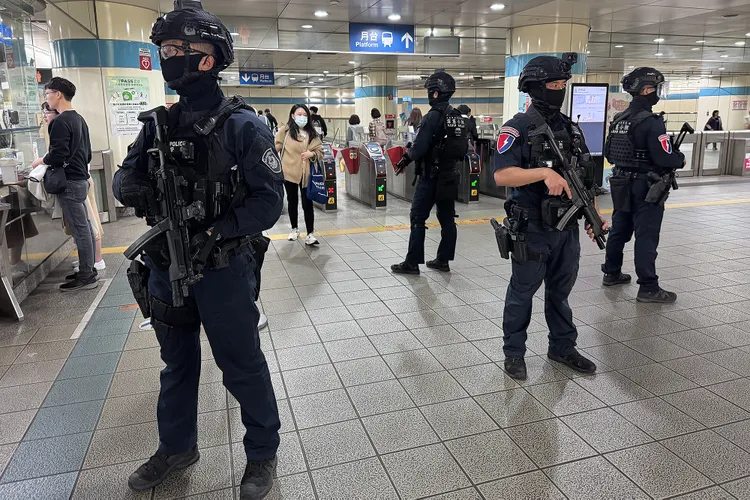
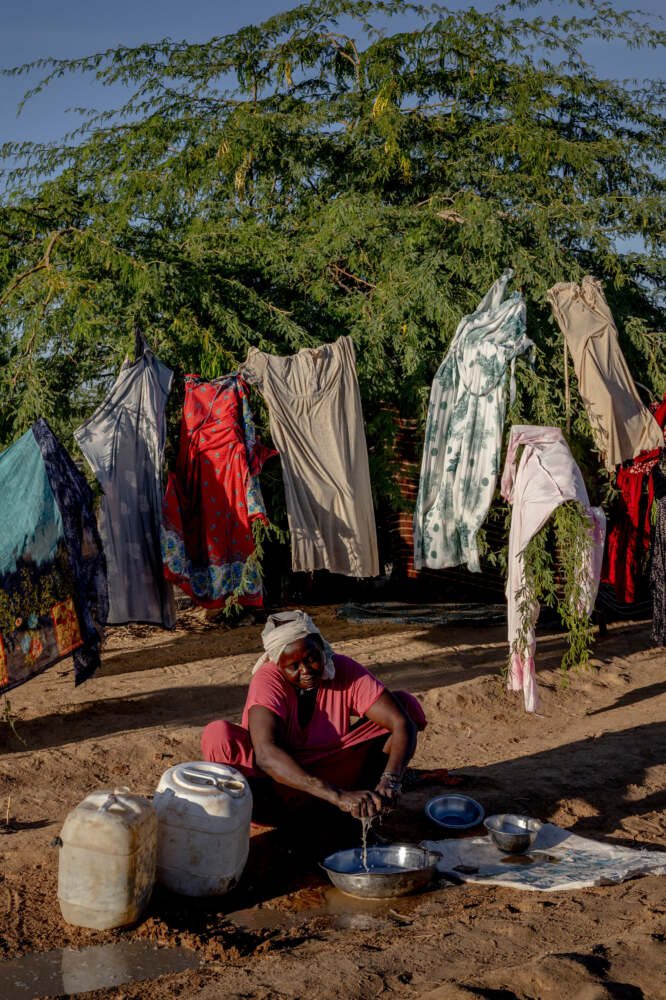
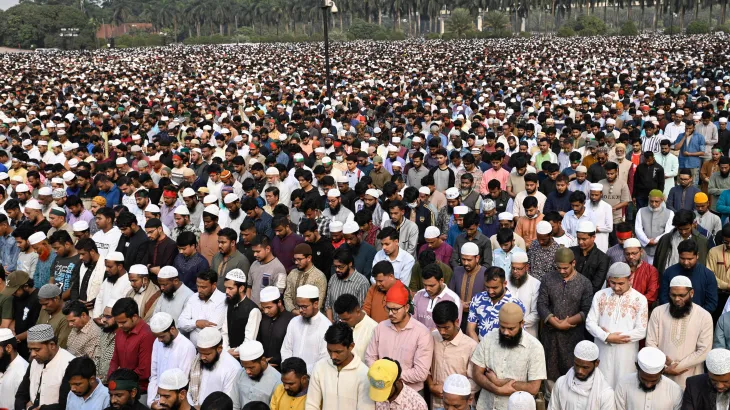
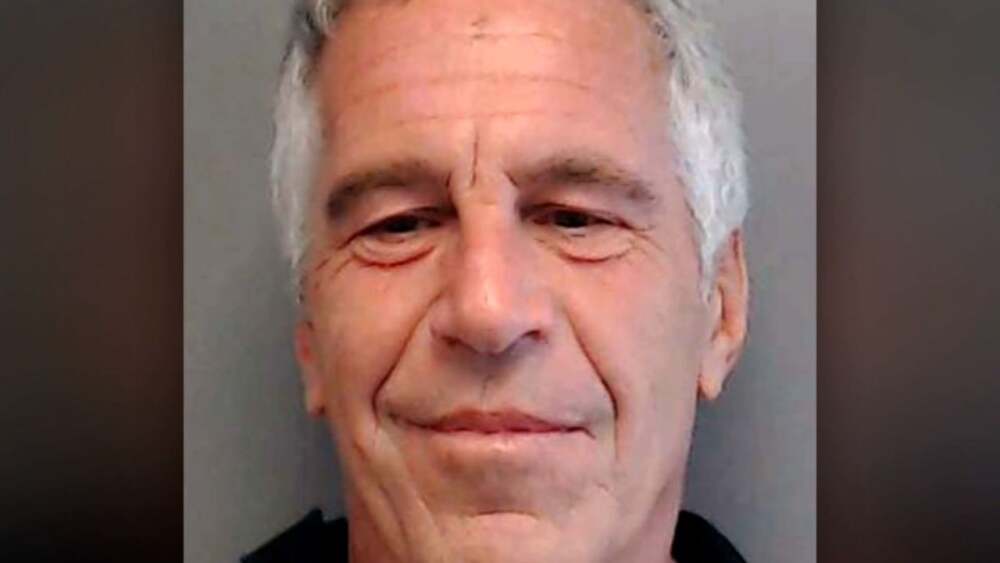
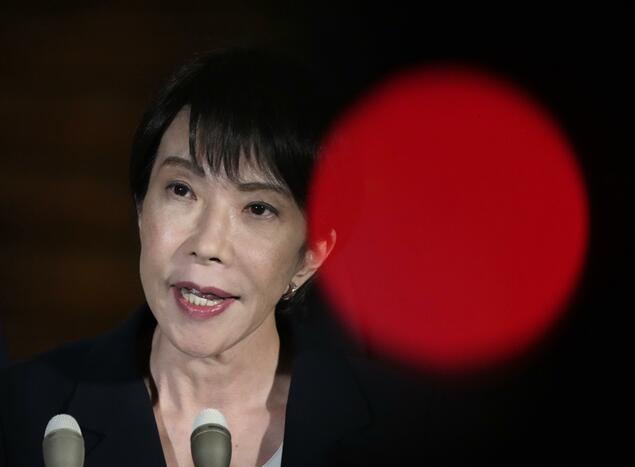
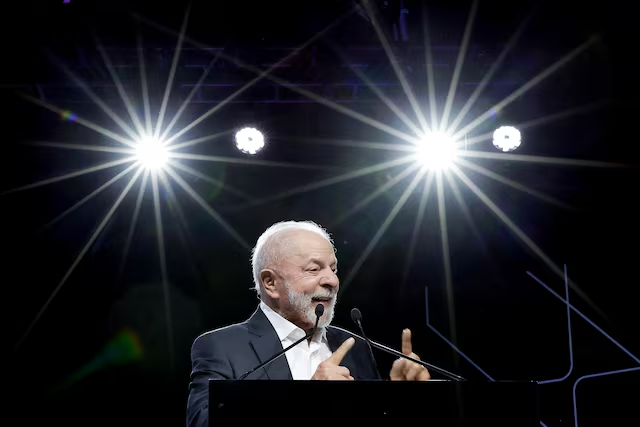

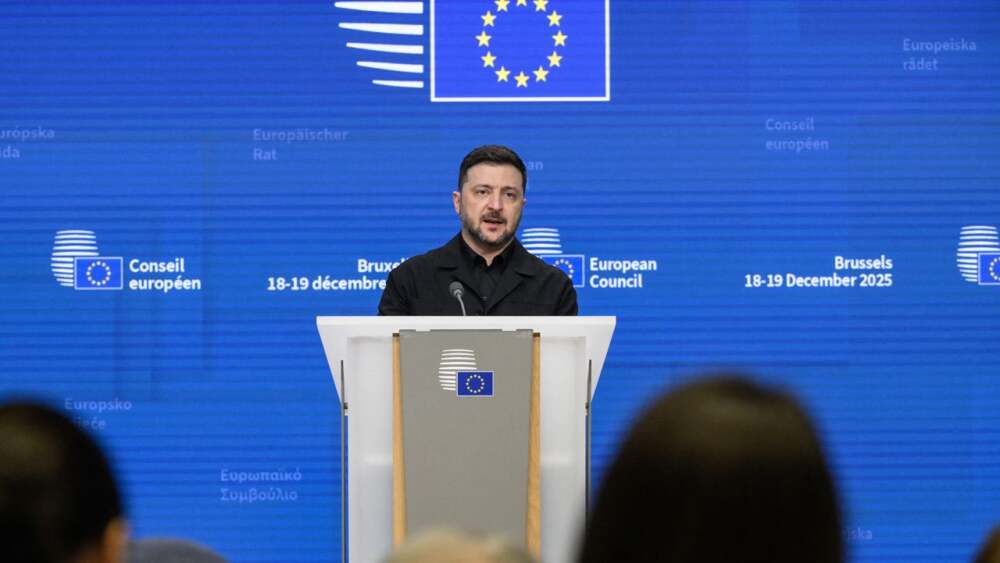



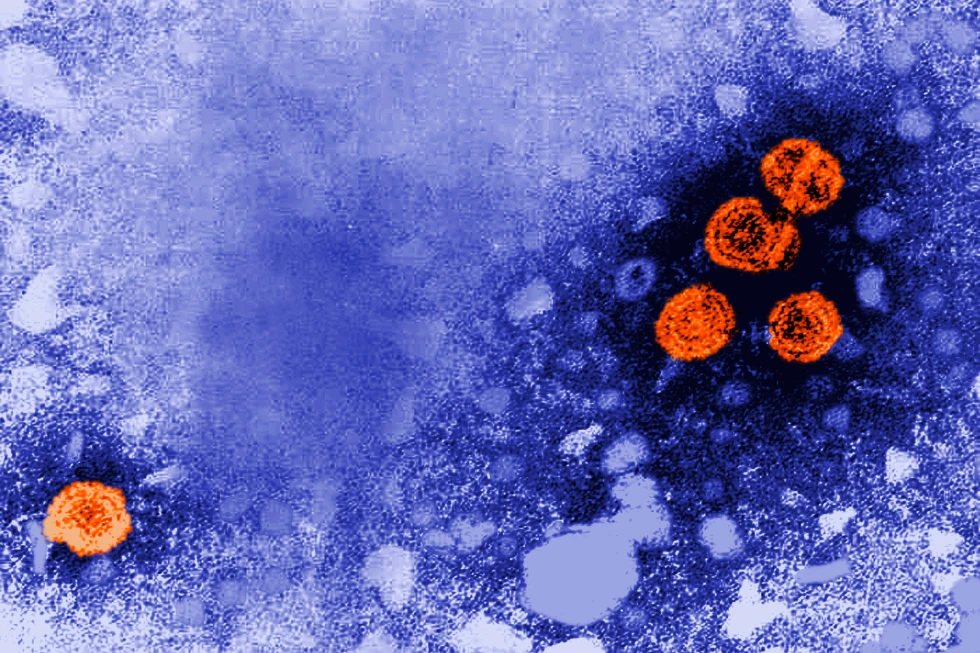

Leave a Reply